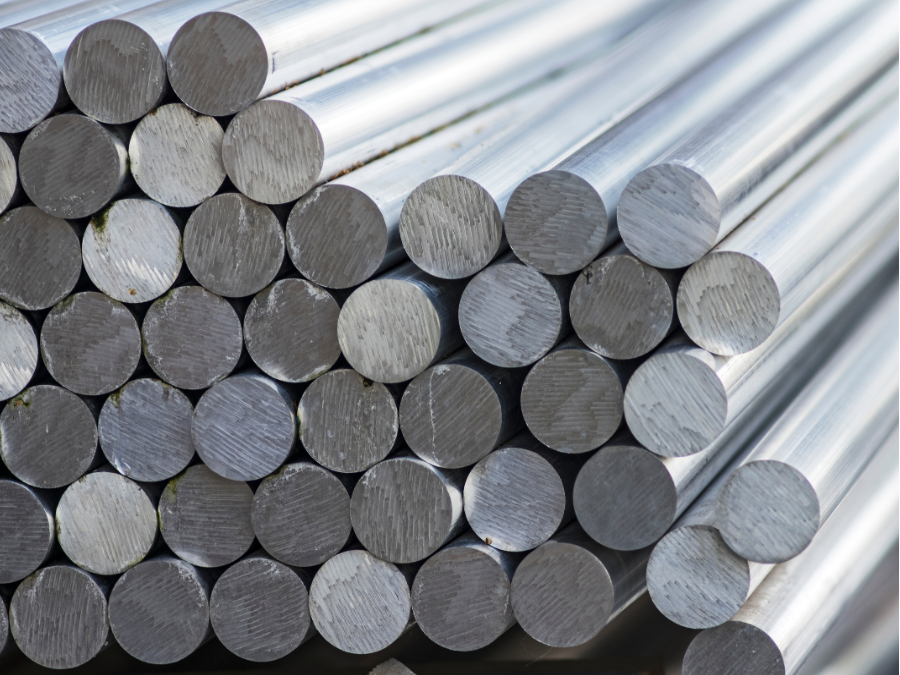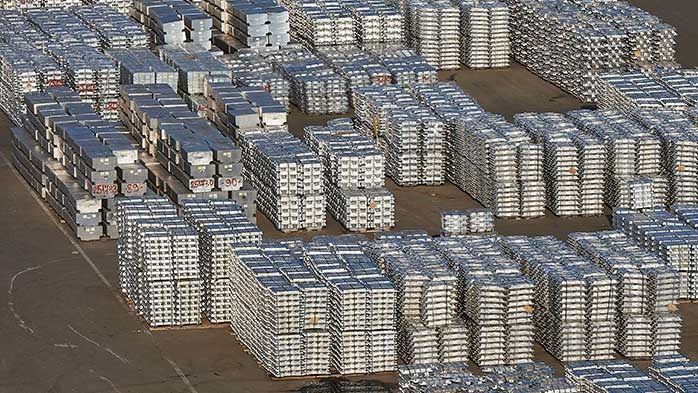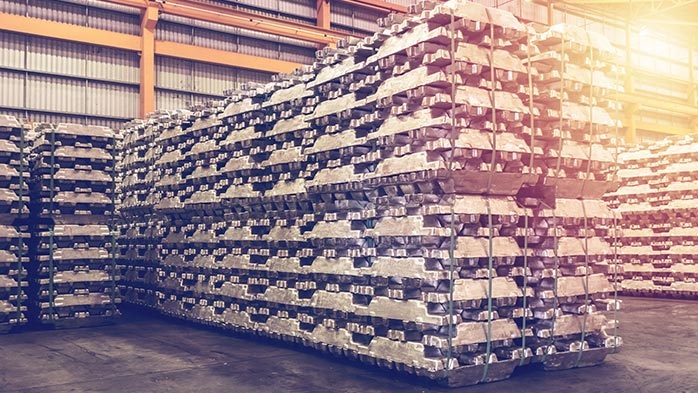Aluminum

The Value Trap: USMCA compliance paradoxes
Written by Nicholas Bell
April 11, 2025
Canada placed a 25% tariff on US automobiles that fail to meet provisions of the United States-Mexico-Canada (USMCA) agreement in response to Trump’s recent aluminum tariff.
Under the United States-Mexico-Canada Agreement (USMCA), automakers must source 75% of regional value content of passenger vehicle from the region and use 70% USMCA-produced aluminum content (and separately, steel) or face a 25% duty for non-compliance.
A counterintuitive aspect of these provisions is that these percentages are measured in value, not by weight or part count. Essentially, that means a few costly imported parts can outweigh dozens of cheaper local ones – and vice versa.
Cost mapping
If the uptrend in the Midwest premium continues relative to delivery premium abroad, the all-in cost of domestic aluminum climbs higher, which would naturally increase the cost share of the components that make up a vehicle.
While transportation of the vehicle itself is excluded from cost calculations, the delivery premium paid to purchase of raw material and further pass-through of costs to the vehicle assembler would’ve already incorporated a steep aluminum premium… possibly multiple times over.
Raw pressure
Raw material price movements, whether upward or downward, can distort the value share composition across a product’s bill of materials.
If supply chain disruptions push global aluminum prices higher, one or two big-ticket imported parts could trigger a non-compliance tariff.
Conversely, even if aluminum prices drop sharply, it might not be enough to cover the input costs of auto parts if the (temporarily halted) reciprocal tariffs are added to the transaction value, whether the components ever triggered non-compliance in a laxed trade environment or not.
The dynamics of a dollar
Stronger protectionist measures would theoretically strengthen the US dollar whether it spurs hikes in the Federal Reserve’s fund rate to curb inflation or dampen demand for foreign currencies needed to buy goods internationally and supporting the dollar.
Yet the US dollar has logged steady declines against foreign currencies since the beginning of the year.
If the US dollar weakens against other currencies, imported parts take up a larger share of the total car cost in USD terms. It would increase the dollar-denominated value of foreign parts, pushing up the value composition of the car.
Here are some questions to ask your compliance officer.
Balancing cost and compliance
The legalese of the USMCA seems to require that scrap used in manufacturing must be sourced from the US, Mexico, and Canada to meet regional value requirements – it is not exempt. Melt mixes are blends of scrap sourced from wildly different regions.
Since a huge share of secondary aluminum alloys for cars come from imported scrap, how will this impact overall cost calculations? Especially because the conversion of “waste and scrap derived from production in the USMCA” into a product that results in a HTS “classification change”, would that not qualify as “intermediate processing” in North America?
Secondly, a US part produced from Canadian billet subject to a 25% levy may help with the sourcing portion of compliance. But is there an economic trade-off where using cheaper, non-originating aluminum – say billet from the Middle East subject to 10% duty – becomes more viable than paying a higher tariff for USMCA-compliant metal?
The takeaway
In volatile markets, auto assemblers that typically hover near the 70% (aluminum content) or 75% (auto parts) value composition thresholds – whether across their overall operations or specific make and model lines – may find compliance increasingly difficult to maintain.
Components, which disproportionately represent higher-value sections of a vehicle, from door panels to engine blocks, are already among the most sensitive materials to price and trade disruptions, making them a focal point in value share volatility.
Maybe it’s a thought exercise for a strategic sourcing manager or maybe it could be a very real supply chain hurdle (or arbitrage opportunity).
Nicholas Bell
Read more from Nicholas BellLatest in Aluminum

Wittbecker: What comes after ‘Liberation Day’?
A week after "Liberation Day," the global economy got a 90-day “stay of execution.” The Trump administration hit the pause button on many of its broad tariff measures, with the exception of China.

Aluminum takeaways after ‘Liberation Day’
If you import aluminum products, here’s where things stand after President Trump's "Liberation Day."

Tariffs are easy to announce, but hard to track
Announcing tariffs is easy. Implementing them at the border? That’s a whole different ball game.

Wittbecker: The United Arab Emirates’ Emirates Global Aluminum US smelter project
The United Arab Emirates’ Emirates (UAE) Emirates Global Aluminum (EGA) announced plans to spend $1.4 trillion dollars in the US over the next 10 years, including a greenfield primary aluminum smelter. Is this real or another soundbite?
